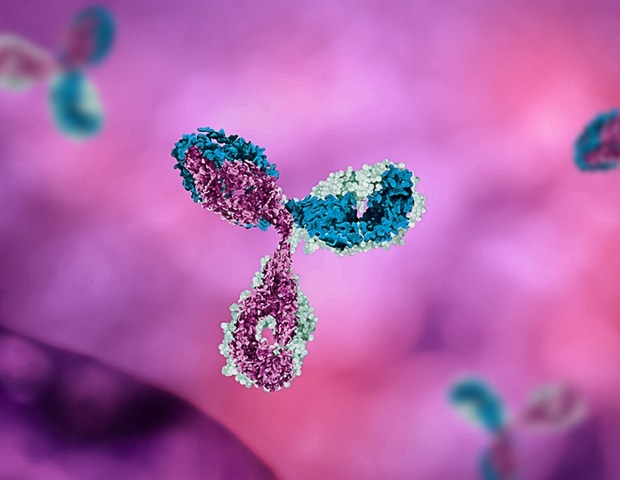The T cells in our blood fight against cancer, viruses and bacteria. Specific regulatory T cells are required to control faulty immune responses, and disruption in their function may lead to autoimmune diseases or cancer.
The scientists at Turku Bioscience Centre have now discovered a novel RNA that controls the development and function of regulatory T cells. This long intergenic noncoding RNA (lincRNA) modulates the levels of transcription factor FOXP3 and the suppressive function of human regulatory T cells by controlling the interleukin-2 receptor. The finding potentially enables the development of new therapeutic approaches to control the human immune response.
Our discovery provides a basis for developing precision medicine treatments for autoimmune diseases and cancer. Regulatory T cells are already being studied in patients to treat type 1 diabetes, and our novel lincRNA molecule could, for example, be used to boost the production of these cells for therapeutic use.”
Professor Riitta Lahesmaa, University of Turku, Finland
The discovery is particularly interesting because cancer cells are able to hide from the immune system by specifically manipulating regulatory T cells. Recently introduced immune activator therapeutic monoclonal antibodies for cancer are attempting to break this hiding process. Lahesmaa suggests that by targeting the novel lincRNA molecule, it may be possible to release immune activation in cancer without using expensive antibodies.
Expression of lincRNAs is highly tissue and cell-specific so targeting these molecules will enable precision therapy against desired targets.
The research has been funded by the Jane and Aatos Erkko Foundation, the Research Council of Finland and the Sigrid Jusélius Foundation. The research article was published in the esteemed PNAS journal.
Source:
Journal reference:
Andrabi, A., et al. (2024). Long noncoding RNA LIRIL2R modulates FOXP3 levels and suppressive function of human CD4. PNAS. doi.org/10.1073/pnas.2315363121.

